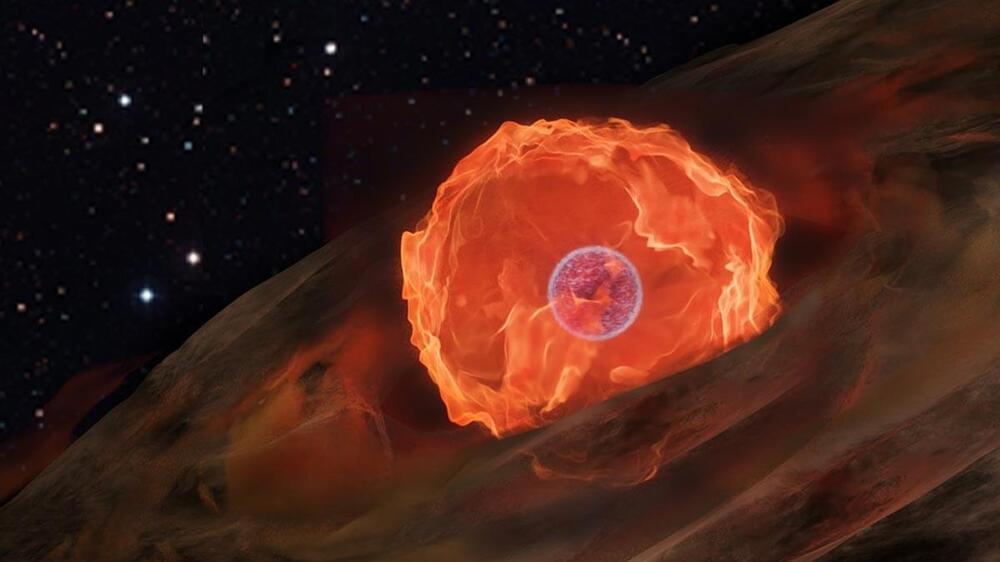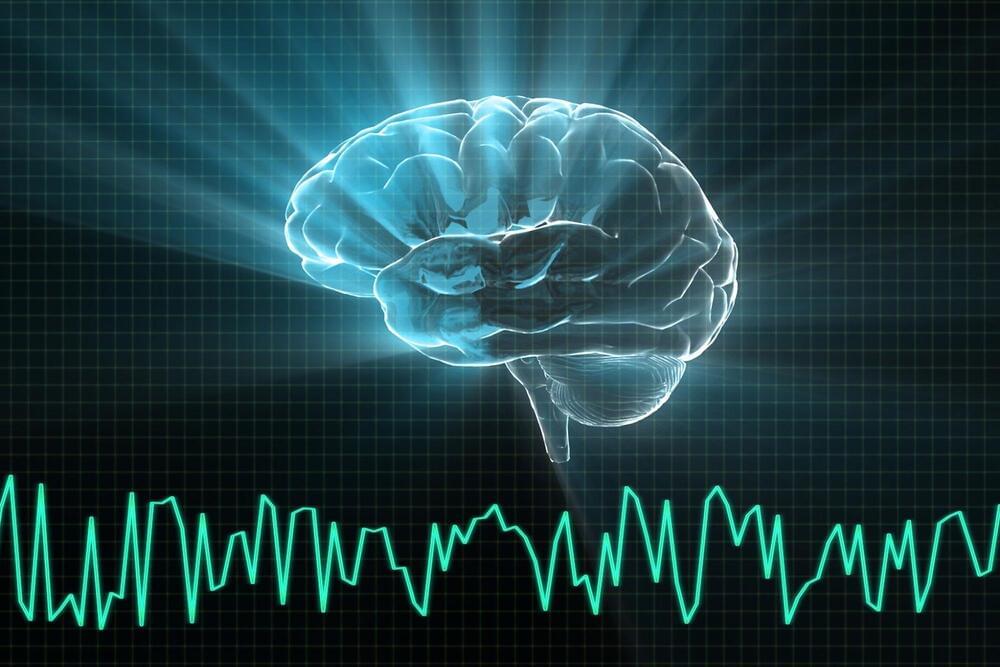
The Facility for Rare Isotope Beams opens its doors to experiments that will study the formation of heavy elements in the Universe and provide critical tests of nuclear theories.
The nuclear physics community is hailing the kickoff of a long-awaited facility for producing beams of radioactive isotopes, with a cohort of users gearing up for the first experiments. The Facility for Rare Isotope Beams (FRIB) at Michigan State University opens its doors to experimenters this week. FRIB is expected to deliver the widest range of rare isotopes of any existing facility, including many never-before-synthesized isotopes. The facility will also allow researchers to control the energies of the isotope beams so that they match those relevant to nuclear processes in stars and supernovae.
Rare isotopes get their name from their scarcity—these unstable nuclei decay radioactively and thus cannot be found naturally on Earth. But making sizable quantities of these elements in a lab will allow scientists to tackle important open problems in physics. Current nuclear theories, for instance, can’t describe many nuclei, and rare isotopes provide extreme cases on which to test why such theories fail. Rare isotopes are also relevant to the cosmic nucleosynthesis of heavy elements, a process for which there isn’t yet a satisfactory explanation. On the applied side, radioactive isotopes can be useful for medical imaging, cancer treatment, and other industrial applications.

















